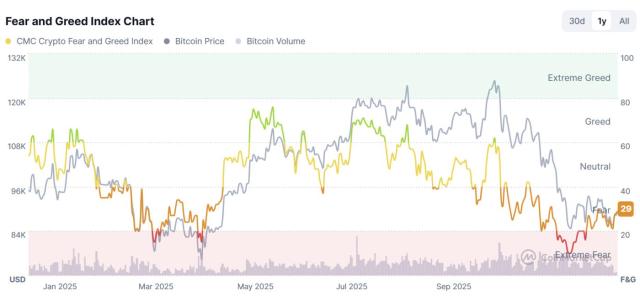Author: Sally; Source: Blockchain Headlines
Wang Yongli, former vice president of the Bank of China, in his article "Bitcoin, Stablecoins, and Central Bank Digital Currencies Should Not Be Compared", deeply analyzed the essential differences and characteristics of Bitcoin, stablecoins, and central bank digital currencies.
Bitcoin is an asset, not a currency, and is difficult to serve as a monetary reserve
Since its inception, Bitcoin has attracted global investors with its decentralized and fixed total supply characteristics. However, Wang Yongli pointed out that Bitcoin can only be viewed as an asset, not a true currency. Although Bitcoin is not without value, it has built a unique decentralized ledger system under blockchain technology, making its transaction records traceable and difficult to tamper with, to some extent satisfying some investors' pursuit of asset privacy and independence. However, Bitcoin's price fluctuations are extremely dramatic. Taking 2024-2025 as an example, its price has soared and plummeted, once reaching as high as $99,000 per coin, but subsequently experiencing significant pullbacks. For instance, in March 2025, Bitcoin repeatedly fell below key price levels, dropping below $80,000 on the morning of March 11, with a 24-hour decline of over 5%.
These significant price fluctuations make Bitcoin's value difficult to measure stably and unable to meet the most basic requirements of money as a value measure and exchange medium. Moreover, from a long-term perspective, Bitcoin's price remains highly uncertain. On one hand, it is influenced by global macroeconomic conditions and monetary policy adjustments of various countries, such as changes in the Federal Reserve's monetary policy, which can alter market liquidity expectations and consequently affect investors' demand and price for Bitcoin. On the other hand, regulatory policy shifts, like restrictions on Bitcoin trading in some countries or changes in attitudes towards recognition, can directly trigger significant Bitcoin price fluctuations. Therefore, using Bitcoin as a monetary reserve would undoubtedly place financial security at enormous risk. If Bitcoin's price crashes, the value of monetary reserves would be severely damaged, potentially triggering a series of financial system chain reactions.
Stablecoins are tokens pegged to currencies, with coexisting regulation and risks
The emergence of stablecoins aims to address the excessive price volatility in the cryptocurrency market by pegging to legal tender or other assets to maintain a relatively stable value. Wang Yongli believes that stablecoins are essentially tokens pegged to currencies, with USDT and USDC pegged to the US dollar being the most typical. Stablecoins have a certain rationality, providing a relatively stable value measure and trading medium for the cryptocurrency market, facilitating transactions and exchanges between crypto assets, and to some extent promoting cryptocurrency market development. They offer investors a relatively stable asset option during market fluctuations, reducing risks from significant price volatilities.
However, current regulations surrounding stablecoins are not comprehensive, and actual supervision is insufficient. Many stablecoin projects have loopholes in token reserve transparency and fund flow regulation, introducing potential market risks. Moreover, stablecoin trading has rapidly extended into various derivative domains. Due to the lack of effective regulation and risk control mechanisms, market fluctuations could trigger chain reactions, rapidly amplifying risks. For example, when the value of pegged assets fluctuates or the issuer's credit is questioned, stablecoins might experience de-pegging, where their value no longer maintains a stable exchange ratio with the pegged currency. This would severely impact investor confidence, potentially causing market panic and selling waves, subsequently shocking the entire cryptocurrency market and even traditional financial markets.
Central Bank Digital Currency is sovereign currency digitization, can learn from stablecoin technical systems
In Wang Yongli's view, central bank digital currency should be a digital form of sovereign currency, with "sovereign digital currency" being a more appropriate term. Backed by national credit, it possesses legal tender and mandatory characteristics, like traditional paper currency, and is an essential component of the national monetary system. Issuing central bank digital currency can improve monetary issuance and circulation efficiency, reduce costs in traditional paper currency issuance, transportation, and storage, and help strengthen monetary circulation monitoring, enhancing monetary policy's effectiveness and precision.
Regarding the development path of central bank digital currency, Wang Yongli suggested potentially borrowing stablecoin technical systems to transform sovereign currency. Stablecoins have accumulated experience in blockchain technology application and smart contract execution. By reasonably adopting these technologies, sovereign digital currency's technical architecture could be more comprehensive, enabling faster launch and implementation. Once successfully introduced, sovereign digital currency will gradually replace stablecoins' market role through its authority and stability, eliminating the need for specialized tokens to achieve value stability and transaction circulation, further standardizing the digital currency market and maintaining financial order stability.







